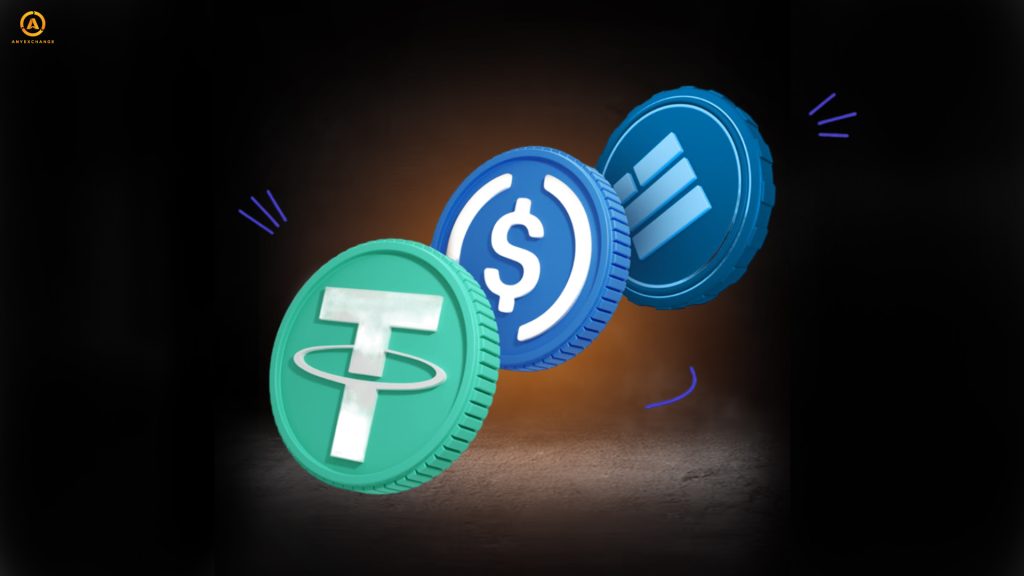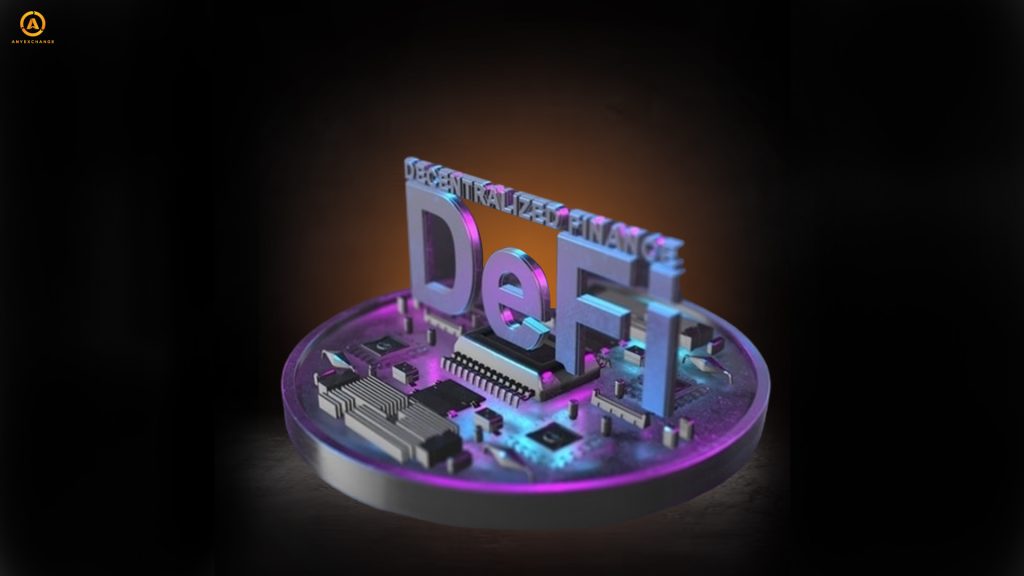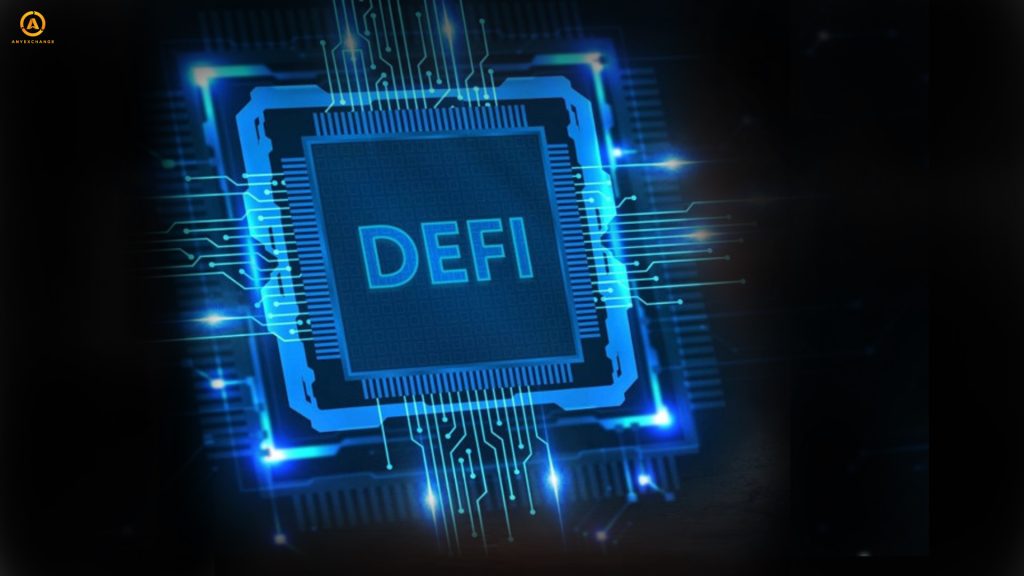
Stablecoins are inextricably linked to the DeFi segment. They stabilize and speed up transactions, showing much higher transaction activity than other cryptocurrencies. Stable cryptocurrencies continue to consolidate their position as the leading means of settlement, so the role of stablecoins in DeFi cannot be overstated.
Let’s take a closer look at what exactly is the connection between stablecoins and DeFi, what is the impact of stablecoins on decentralized finance at the moment, and what can be expected in the future.
What is a stablecoin?
The main goals of stablecoins are to preserve the value of assets in highly volatile markets and to optimize the connection between the cryptocurrency industry and traditional financial markets. What does it mean?
Stablecoin prices are pegged, en masse, to the exchange rate of fiat currencies or other assets that are considered stable, at a 1:1 ratio. Some cryptocurrencies may be pegged to the value of commodities (gold and oil), or form their price based on algorithms that take into account the value of different types of assets.
This type of coins is essentially a hybrid between cryptocurrency and classical currencies. The most actively used is the peg to the US dollar. Take, for example, Tether USDT, whose market capitalization has now reached almost $120 billion. This coin has continued to dominate the stablecoin sub sector since 2018, and is among the top three largest cryptocurrencies in the world. Tether and other crypto dollars have a much higher circulation rate than classic virtual coins such as bitcoin and ethereum. Investors prefer to use them rather than more volatile assets to settle, trade, store capital and protect investment portfolios from the volatility of cryptocurrencies, despite the relatively low returns.
This is also because these types of digital assets perform all the basic functions of fiat money — they are convenient for storing, settling and transferring funds.
Issuers also claim that their coins are 100% backed by reserves (in currency, securities, precious metals, or other cryptocurrencies). This gives the investor a sense of security, as they will be compensated for their investment in case of unforeseen situations. However, not all companies that issue stable crypto assets can boast of having audits to back up their claims. The most capitalized ones undergo regular audits and make their results available to the public.
Types of stablecoins

Stablecoins can be either centralized or decentralized.
- Centralized coins are issued by companies that guarantee that they are backed by reserves. Simply put, if a cryptocurrency is backed by US dollars and is matched with US dollars, those dollars must be frozen as a reserve in the issuer’s accounts.
- Decentralized stablecoins are issued without the involvement of companies or organizations. Their functions are performed by software algorithms whose task is to find a capital-efficient way to create liquidity without losing the link to the exchange rate of the underlying asset. This class of stablecoins is more volatile, but due to the adherence to the principles of decentralization, it is fully protected from wrong decisions of the issuing company, internal corruption and external pressure (actions of regulators).
Stable coins are also divided into four categories depending on the collateral. They can be backed by:
- Fiat currencies. This is the most common type of backing. In this case, the value of the stablecoin is backed by a reserve of fiat assets (usually USD or EUR). These are usually centralized coins. The most popular ones are USDT and USDC.
- Cryptocurrencies. These are backed by a basket of other cryptocurrencies and are decentralized. The best known is DAI.
- Commodities. Backed by tangible assets such as precious metals and oil. Examples inсlude Paxos Gold (PAXG) and Tether Gold.
- Algorithms. These are also decentralized stable coins. They have no reserves and are secured by modulating the supply with special algorithms. One example is Ampleforth (AMPL).
Top 10 stable coins
At the time of writing, there are 183 stablecoins registered on the CoinMarketCap aggregator. The top 10 by market capitalization inсlude the following:
- Tether (USDT);
- USD Coin (USDC);
- Dai (DAI);
- First Digital USD (FDUSD);
- USDD (USDD);
- PayPal USD (PYUSD);
- True USD (TUSD);
- Ethena USDe (USDe);
- Frax (FRAX);
- Ondo US Dollar Yield (USDY).
How stablecoins support DeFi

This asset class is a key component of the actively growing DeFi segment. As a volatility mitigation tool, stablecoins maintain the price stability necessary for transactions, trading and lending.
The key benefits of stablecoins for DeFi are:
- Low volatility. The main advantage of stablecoins over other cryptocurrencies is a stable price. DeFi tools and the stability of stablecoins provide the widest opportunities for low-risk financial transactions.
- Provide liquidity. Due to their high availability and linkage to traditional financial instruments, stablecoins increase liquidity in DeFi.
- A stable means of preserving value. Stablecoins have the broadest application as a store of value. Integrating stablecoins into DeFi allows traders and investors to lock in profits and mitigate the risks of price spikes without leaving the ecosystem.
- Create a better environment for lending and borrowing. Stablecoins and decentralized lending are an optimal combination. Lending and borrowing transactions are one of the most typical examples of using stablecoins in DeFi. In such transactions, stablecoins act as borrowed funds in DeFi protocols, and any digital asset can be used as collateral. Stablecoins are the most popular type of borrowed funds, as they protect borrowers from the risks of cryptocurrency price fluctuations.
- Optimization of smart contracts. As a stable unit of account, stablecoins ensure more accurate and efficient operation of smart contracts.
- High applicability of stablecoins on decentralized exchanges. Stablecoins are widely used on crypto exchanges as the base currency in trading pairs.
Challenges and risks of using stablecoins in DeFi
- Regulation of stablecoins in DeFi. Such a prominent position of stablecoins in the market cannot but attract the attention of regulators. The legal framework for this type of coin is currently being developed around the world. Due to their close connection to the traditional financial systеm and their huge transaction volumes, they are the first to come under the scrutiny and control of central banks, the Financial Action Task Force (FATF) and other international and national regulators. So we can say that the issuers of stablecoins are subject to the most stringent monitoring and control by government agencies. And with them, their DeFi partners.
- Censorship. Under pressure from regulators, stablecoin issuers can block addresses where suspicious activity is detected. Proceedings and wallet unfreezing can take considerable time. Here, the impact of stablecoins on DeFi platforms and exchanges can be negative, as customer confidence in an initially safe, decentralized and uncensored environment is undermined.
- Loss of pegging. Stablecoins are sensitive to collapses in traditional markets and may lose their peg to the value of the underlying asset. This unwanted event can also occur due to failed token architecture, unexpected fluctuations in supply and demand, technical vulnerabilities or hacking. A similar story happened last year with Platypus Finance (USP) when it lost its peg to the U.S. dollar and dropped in value by 52% following an exploit. The attackers then withdrew $8.5 million worth of assets from the Avalanche-based protocol. The situation is particularly piquant because Platypus Finance, as an issuer of stablecoins, also specializes in automated market making for pegged assets.
Current situation and outlook
At the end of this summer, the capitalization of stablecoins reached a new all-time high – a record $168 billion. This followed 11 months of gradual growth. The trend is interpreted by some analysts as a confirmation of the inflow of funds from new investors, who prefer low-risk assets, into the cryptocurrency and DeFi sector.
Stablecoins as a whole account for at least 30% of the total value transferred through the on-chain. Some analysts have suggested that this figure will exceed 50% over time.
At the same time, the trading volume of stablecoins has decreased this summer due to low trading activity. Experts see two reasons for this:
- A general decline in the market.
- Concerns about the prospects of stackable coins in EU countries after the implementation of MiCA regulations. New legislation significantly tightens the requirements for issuers of stable coins, especially in terms of providing confirmed reserves. The new rules came into force on June 30, 2024.
In general, analytical companies and individual experts publish optimistic forecasts. By the way, CryptoQuant experts compared stablecoins to the circulatory systеm of the cryptocurrency market and DeFi, which feeds all its systems. And with the development of new tools, products and integration into new platforms, stablecoins will begin to fulfill new and new functions, expanding both qualitatively and quantitatively to meet the growing needs of the market for value exchange. According to some reports, the capitalization of stablecoins could reach a figure of $2.8 trillion in five years.
Stablecoin in DeFi Predictions

So, according to analysts, there is nothing threatening the future of stable coins in DeFi. Blockchain technology, cryptocurrencies and decentralized finance markets will evolve – the stablecoin sector will evolve as well.
From development points we can observe today such as:
- Continued integration with DeFi projects. DeFi underpinned and gave impetus to the development of DEX, stablecoins and decentralized applications (dApps), as well as decentralized borrowing and lending. All of these areas are interconnected and enhance each other’s productivity and efficiency.
- Strengthening DeFi and TradFi connections. The growth and proliferation of stablecoins will improve the adoption rate of decentralized financial technologies by the traditional finance market.
- Continued expansion into the cross-border remittance market. International money transfers in stablecoins are done without intermediaries, securely, quickly and with minimal fees.
- Participation of stablecoins in growing prediction markets.
- Active representation in the RWA segment. The development of real-world asset tokenization is rapidly gaining momentum, and stablecoins are an indispensable component of asset tokenization in DeFi. They will grow and improve following the new round of digitalization.
Thank you for your attention. Invest safely and profitably!
AnyExchange is a cryptocurrency exchanger with which you can convert the most popular digital assets at the most favorable exchange rate. Fast money transfers worldwide are available on the platform.





